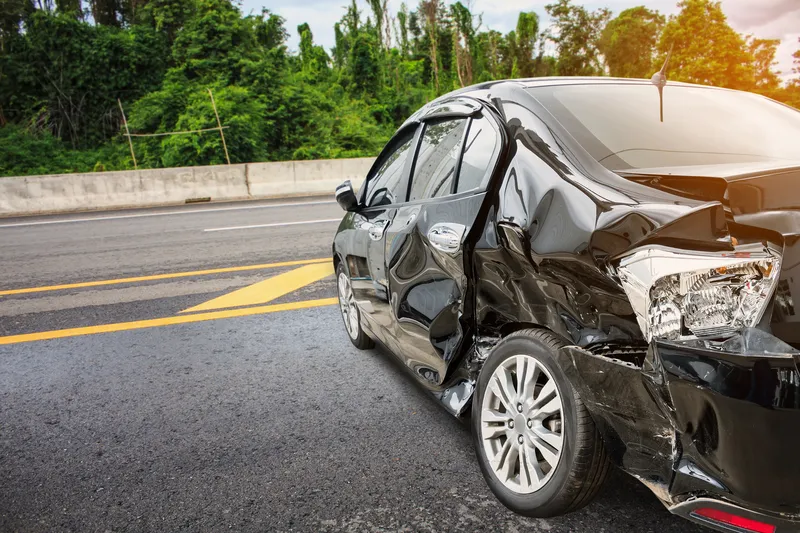The Western Australia State Government has launched a three pronged response to the road toll on Western Australian roads in 2014.
Road Safety Minister Liza Harvey said the response would target three major components of the road toll: speed; motorcycle fatalities; and country road crashes.
Four additional fixed speed cameras will be installed in existing locations across the metropolitan area, bringing the total operating at all times to five.
January 5, 2015
Read time: 2 mins
The Western Australia State Government has launched a three pronged response to the road toll on Western Australian roads in 2014.
Road Safety Minister Liza Harvey said the response would target three major components of the road toll: speed; motorcycle fatalities; and country road crashes.
Four additional fixed speed cameras will be installed in existing locations across the metropolitan area, bringing the total operating at all times to five.
“Speed cameras have a long proven ability to slow motorists down and change their driving behaviour while the two reviews will come up with methods to drive down motorcycle fatalities as well as country road deaths,” Mrs Harvey said.
The Minister said the Motorcycle Safety Review group would involve a number of agencies which will conduct a detailed analysis of the motorcycle fatal and serious crashes from the past five years.
“The group will look at crash types, locations and factors then look to establish clear measures to improve rider safety in the areas of roads, vehicle safety, speed and rider behaviour,” she said.
The Wheatbelt trial of the Regional Highway Safety Review will see multiple agencies travel notorious sections of highway and then identify practical safety measures to improve safety.
“Single vehicle crashes on country roads remains a significant factor in the road toll and this new method targets specific crash clusters which is aimed at having a greater impact on reducing fatal and serious crashes,” Mrs Harvey said.
Road Safety Minister Liza Harvey said the response would target three major components of the road toll: speed; motorcycle fatalities; and country road crashes.
Four additional fixed speed cameras will be installed in existing locations across the metropolitan area, bringing the total operating at all times to five.
“Speed cameras have a long proven ability to slow motorists down and change their driving behaviour while the two reviews will come up with methods to drive down motorcycle fatalities as well as country road deaths,” Mrs Harvey said.
The Minister said the Motorcycle Safety Review group would involve a number of agencies which will conduct a detailed analysis of the motorcycle fatal and serious crashes from the past five years.
“The group will look at crash types, locations and factors then look to establish clear measures to improve rider safety in the areas of roads, vehicle safety, speed and rider behaviour,” she said.
The Wheatbelt trial of the Regional Highway Safety Review will see multiple agencies travel notorious sections of highway and then identify practical safety measures to improve safety.
“Single vehicle crashes on country roads remains a significant factor in the road toll and this new method targets specific crash clusters which is aimed at having a greater impact on reducing fatal and serious crashes,” Mrs Harvey said.










